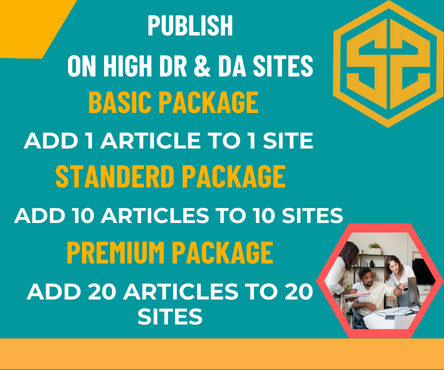Webpages and websites are fundamental components of the internet. Here’s a breakdown:
Webpage: A webpage is a single document or resource that is part of a website. It’s typically written in HTML (HyperText Markup Language) and may also contain CSS (Cascading Style Sheets) for styling and JavaScript for interactivity. A webpage can include text, images, videos, forms, and other multimedia elements.
Website: A website is a collection of related webpages that are typically interconnected through hyperlinks. It’s a digital space hosted on web servers and accessible via the internet. Websites serve various purposes, such as providing information, selling products or services, sharing content, or facilitating communication. For more information please visit maru-te.co.jp
Planning a website involves several key steps:
Define Your Goals: Determine the purpose of your website. Are you creating it to showcase your portfolio, sell products, share information, or something else? Clarifying your goals will guide the design and content creation process.
Identify Your Audience: Understand who your target audience is. Consider their demographics, interests, needs, and preferences. Tailor your website’s content and design to appeal to your audience and meet their expectations.
Choose a Domain Name: Select a domain name that reflects your brand or the purpose of your website. Make sure it’s easy to remember, spell, and type. You can register a domain name through various domain registrars.
Plan Your Content: Outline the structure and content of your website. Determine the main pages you’ll need (e.g., homepage, about page, contact page) and any subpages or categories. Develop a content strategy that aligns with your goals and resonates with your audience.
Design Your Website: Decide on the visual style, layout, and navigation of your website. Consider factors such as branding, user experience (UX), and accessibility. You can use website builders, content management systems (CMS) like WordPress, or hire a web designer/developer to create your site.
Create and Optimize Content: Write and/or gather content for your webpages. This includes text, images, videos, and other multimedia elements. Optimize your content for search engines (SEO) to improve visibility and attract organic traffic.
Develop and Test: Build your website using HTML, CSS, and JavaScript, or a CMS like WordPress. Ensure that it’s responsive and compatible with different devices and browsers. Test your website thoroughly to identify and fix any issues or bugs.
Launch and Promote: Once your website is ready, launch it and make it accessible to the public. Promote your website through various channels, such as social media, email marketing, search engine marketing (SEM), and online advertising, to drive traffic and engagement.
Monitor and Maintain: Regularly monitor your website’s performance, analyze metrics, and gather feedback from users. Make updates and improvements as needed to keep your website fresh, relevant, and functional.
By following these steps, you can plan and create a successful website that effectively achieves your goals and meets the needs of your audience.
